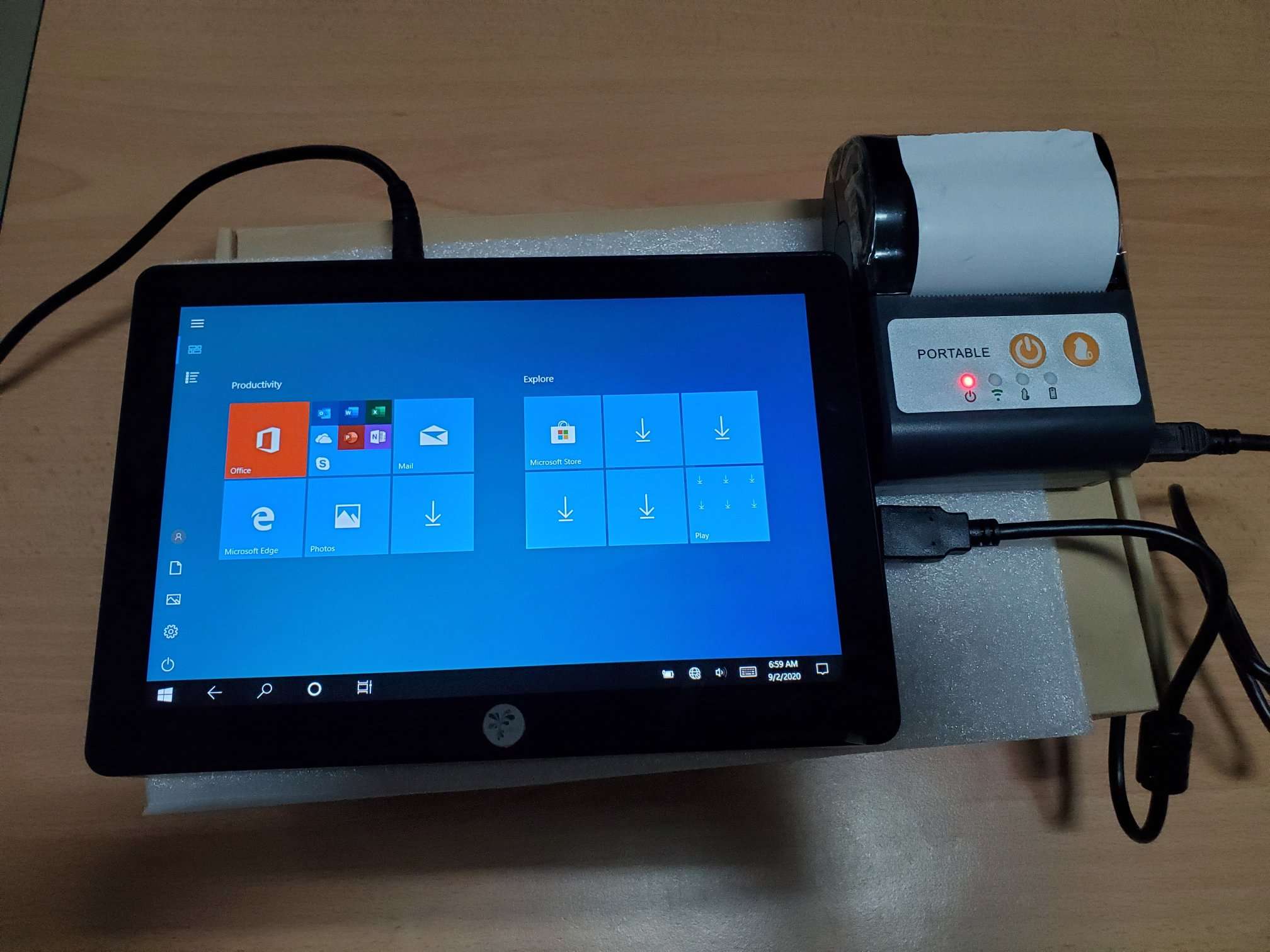
A digital Electronic Billing Machine (EBM). Digital tax systems are key in increasing tax collection capabilities.
Rwanda can significantly increase revenue mobilisation and collection if the country shifted focus to strengthening digital tax systems, a recent report on tax collection trends in Sub-Saharan Africa indicates.
Only 15 countries in Sub-Saharan Africa (SSA) have a tax-to-GDP ratio above the World Bank recommended ratio of 15%. That is out of the 30 countries analysed by the Organisation for Economic Co-operation and Development (OECD) in their Revenue Statistics in Africa 2021 report.
Tax-to-GDP ratios in Africa in 2019 ranged from 6.0% in Nigeria to 34.3% in the Seychelles and Tunisia, whilst exceeding 28% in only four countries (Morocco, Seychelles, South Africa and Tunisia). Surprisingly, the countries with the highest tax-to-GDP ratios are the non-resource rich countries, as the nine resources rich countries surveyed all had tax-to-GDP levels below 15%.
Rwanda is ahead in the Eastern Africa bloc as it has a ratio of 17.7% – compared to 17.3%, 12.1% and 7.5% in Kenya, Uganda and DRC respectively.
Tax structures in SSA are largely homogenous with taxes on goods and services being the principal revenue source for 22 African countries (including Rwanda) – of the 30 assessed by OECD. Revenue mobilization has been a longstanding priority in SSA to help finance the region’s large development needs.
However, tax revenues in SSA remain muted compared to other regions, with revenues averaging 15% of GDP as of 2019 before the pandemic, according to the International Monetary Fund (IMF). Rwanda is among those faced with the challenge of revenue mobilization with the number of registered taxpayers dramatically low in Rwanda according to the Rwanda Revenue Authority (RRA). The net total number of taxpayers in the RRA tax register stood at 292,156 as of end June 2021. It represents 4% of the adult population (7.2 million).
In order to construct fiscally capable nations, the digitalization of tax systems becomes a turning point. This is one of the strongest means to fight against tax evasion and fraud, to fix a critical financial gap. Additionally, the digitization of the informal economy is imperative to shrinking the revenue gap. According to the International Labour Organization (ILO), 2 billion people work in the informal economy globally, and in Africa, 85.5% of the population does.
In 2021, 71.9 million mobile money transactions greater than or equal to $12 were conducted with the value of these transactions estimated at $8 billion. The Rwandan government could expect an additional $118.2 million in revenue by applying a micro levy on the amount brought in by these transactions.
Ultimately, growth in mobile money transactions has supported growth in e-commerce, social media shopping and the use of digital payments. The growth in mobile money transactions, while positive for financial inclusion and economic growth, also presents a possible opportunity for the government to increase tax income. Digital payment systems are currently largely untaxed, and while the industry grows, several government tax revenue sources are experiencing a decline in growth.
That provides a clear avenue for the government to shift its approach to revenue generation through the development and implementation of policies that can take advantage of the growth of digital payment systems without stifling their growth. Far too often, policies to regulate upcoming sectors are overzealous and end up having the opposite of the intended effect, preventing the continued growth of those sectors. If the government and regulators come together to develop wholesome policies, the mobilization of revenue from within could experience a strong leap.
The Minister of Finance and Economic Planning Uzziel Ndagijimana during his presentation of Rwanda’s budget framework for the fiscal year 2022-2023 said that the total resources estimated for the fiscal year will amount to RWF 4,658.4 billion, reflecting an increment of RWF 217.8 billion, or a 4.7% increase compared to RWF 4,440.6 billion for the 2021-2022 revised budget.
Minister Ndagijimana stated that the total grants are estimated at RWF 906.9 billion while loans are projected at RWF 651.5 billion and, generally, the domestic resources and loans comprise 80.5% of the Fiscal Year 2022-23 estimated budget.
In summation, there is a need to broaden the tax-to-GDP ratio in Rwanda because even though it is good compared to many other African countries, it is still well below the average of countries in the Asia-Pacific (21%), Latin America and the Caribbean (22.9%) economies and the OECD average of 33.8%.
With the development of robust taxation policies targeting digital payment systems, and the digitization of the informal economy, Rwanda could build on the foundations it already has in place and continue to be among the strongest economies in SSA.

